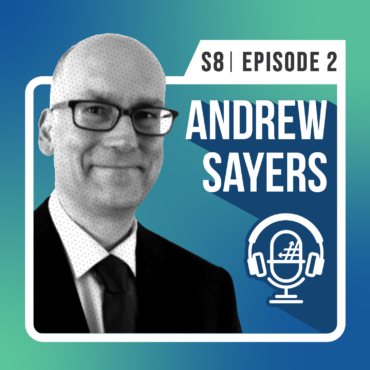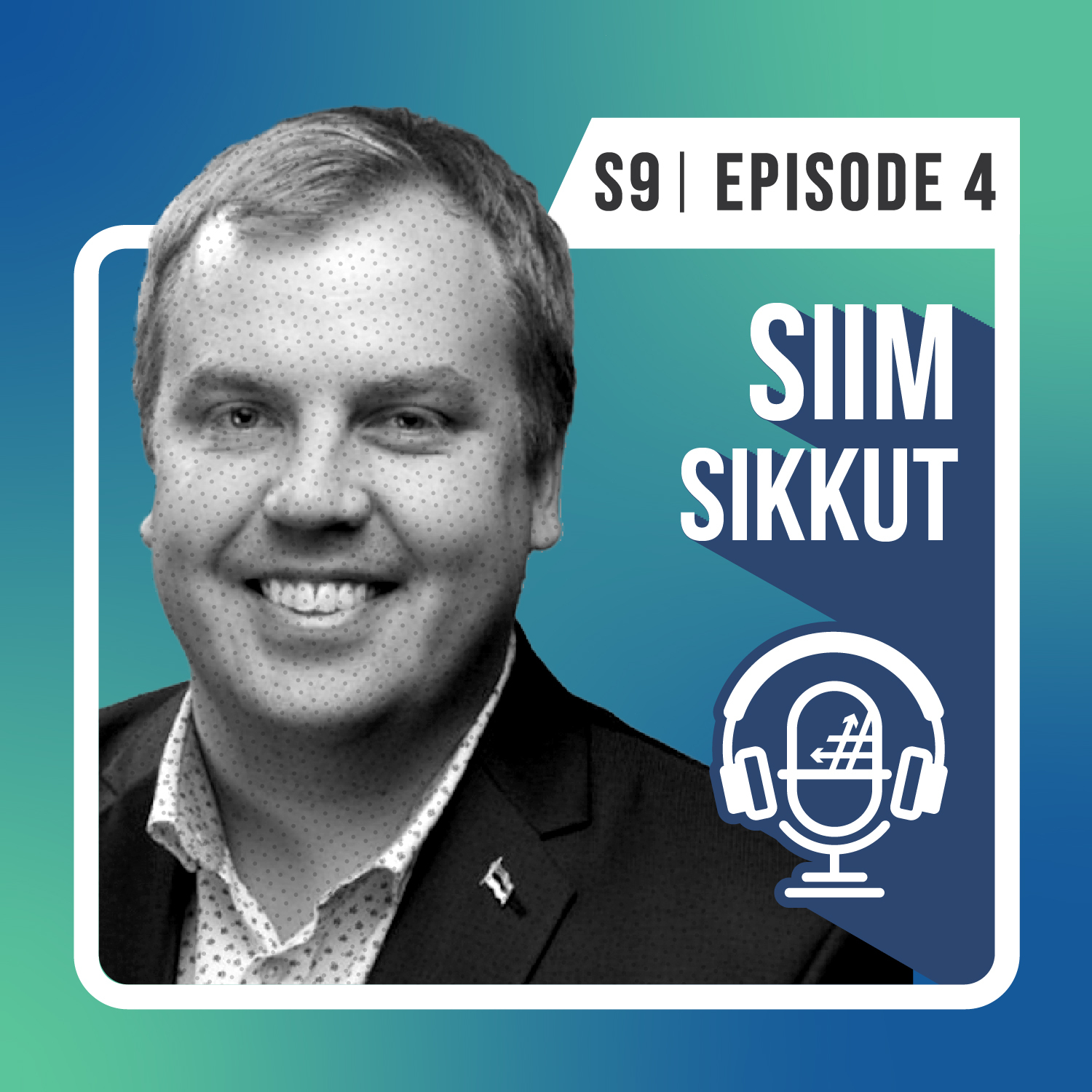S8 E2: Enabling Automation with Microsoft Power Platform at Heineken

Let’s face it. Everyone is busier than ever these days, and we’re all working from different places and devices. There’s a lot to keep track of and it’s imperative for leaders to find new ways to drive efficiencies when it comes to our daily tasks and workflows.
Our guest today is Andrew Sayers, who recently took on the role of Digital Specialist at Heineken. He’ll tell us how the legendary beer maker is using Power Platform to streamline and automate functions tied to brewery business.
Now pull up a seat and join us for a round.
In this episode:
Heineken
Heineken is a very old, traditional Dutch brewery. It was started many years ago by a Dutch family, and the first brewery was built in Amsterdam. It became very popular, and nowadays it has expanded to 160 countries.
Heineken is a well-known brand globally. We’re coming up with new brands and investing in places like India, Vietnam, and also working with local breweries as well as artisan breweries. So, there’s a lot of things going on with Heineken.
We’re also looking at sustainability, which is becoming a big thing. We aspire not only to deliver beer and deliver an experience, but also, how can we do it in a sustainable way? When there’s problems with water and environment, what can we do to help with that as well? So, that’s also a big part of what we’re doing at Heineken.
Technology and sustinability at Heineken
I work in a subsidiary of the main Heineken. It’s a part of supply chain. Basically, I’m a digital specialist. My main role is to support the 40 old apps we have in place already, and of course, to develop new apps. It can be from the packaging, production area, learning development.
Technology plays a big part because it helps with organizing this huge logistical operation. The amount of beer that we produce is phenomenal and the number of glasses of beer we supply is huge. It’s very important to keep an eye on that and keep track of everything, and technology helps us with that. With these digital tools, it makes things a lot easier. You can get insights with the PowerBI and things like that. It’s quicker to actually do the job.
We’re looking at where we can leverage the digital tools to improve efficiencies, cut down waste, again, with this goal of sustainability. And so, we give our apps to the production teams—not only to achieve more efficient processes, but also for safety considerations. If we can have a huge impact by analyzing what we’re doing and what we can actually do, that helps with our sustainability goal.
Automation with PowerApps
We manage 10 bays—that’s where drivers come in 24/7 to load and unload. While we used to process things with paper, now we have a more seamless operation.
With PowerApps, we have touch-sensitive screen placed at the reception, like an iPad, where the drivers can touch and click and they would be given instructions on which bay they are assigned. This would then be reflected to our system—the information about the driver, which truck, and which bay it went to. It all speeds up the process, all without the paper documentation.
Also, later, we can do reporting. We can get Power BI to look behind it. How many times did we do this? Where do we need to improve? What’s working well? And you can also get it in real time. This has all helped us get the feedback we need to also utilize those spaces a lot better.
One of the key things about PowerApps and the Power Platform is that it’s an integration platform. People are used to using Excel, OneNote, Outlook, and this is just an extension. And especially now with Teams coming on board, you can now actually put apps within Teams. So, people are working in Teams, but now they can produce apps within Teams. They can automate processes even in Teams. And it just takes it a step further with what you already have.
PowerApps vs Dev Team
We have an intake funnel. Business consultants talk with the business and they say, “We’re looking at this solution.” And then we go through some gates. How critical is it? How many people are using it? Because if you started talking about thousands of people using it, maybe Power Platform isn’t the right tool. But if it is a small group, 20-30 people, it’s within Teams, now that might be more of a candidate.
But of course, the benefit of Power Apps is that you can develop something within a couple of days. But if it’s more complex then it’s probably time for external developer or something else to take over. In the end, you have to think about the business value and if you have the resources to provide support and development.
We have to be very careful about this, because the trouble is, if you take it to the extreme, there’s a lot of things that might happen. Maybe you’re posting confidential information on Instagram or Twitter, and that’s definitely what you don’t want to do when your reputation is very important.
Sunsetting PowerApps apps
We have this thing called user stories. Our users have this learning development where they want to do or achieve something. And then, we see if we can solve those user stories with an app.
For example, we have a desktop booking app, which was used particularly during COVID. That’s a particular app to meet a particular need. But that’s gone now, so we don’t need that anymore. But there are also other apps that organically grow. You build something very quickly, it delivers value. They see the value, then six months later, it’s evolving because our users want to improve it.
And so, sunsetting apps really depend on the value of the platform in terms of which user stories it solves and how it has evolved over time.
The value of creating apps with the business
Another important thing we do when building apps is how close we need to work with the business. I give them a draft version of the frame, they have access to it, they can click, drag, drop. They say what’s right or what’s not.
It’s very important to get them to work with it because they are the business and they know the process better than anybody else. Once they had seen a few iterations and I understand them a bit better, it’s very quick to deliver. Now that they know how it works, they can already use it once the app’s done.
What’s ahead?
In the next six months, we’re looking into getting our apps into a managed environment. We are looking at having some service models. Apps that are very critical are going to be managed by IT. So, the business helps us develop it, but then IT will actually manage it. We have a DevOps pipeline. So, we have like an acceptance production. It really becomes somewhere where we can store it. It’s backed up securely and we have version control and things like that.
But we’re also looking to see where more opportunities are. The great thing about Heineken is that we have a huge global community and everybody’s doing things differently. And that’s great; that’s diversity. We can all pick up different ideas to get innovation. So, for me, it’s a journey of innovation and discovery with other colleagues as well.
Make #ShiftHappen with the Power Platform
The key is to provide an effortless experience, and that’s where the benefit of the Power Platform comes in.
Look into what pain points you face today. What is your challenge? Don’t jump in with these huge ideas. Oh, you’ve got ideas. Great. But just pick something that’s really about your everyday processes. Is it something small like notifications and approvals? Look at those little opportunities, is there something you can automate? Start with small pieces of things that take your time everyday, work on it, see what it gives you. And then you can springboard from there with that experience.
And then go onto the Power Automate site, search for a template, just try it out and then see if that gives you value. And then once people in the department start to use it, utilize word of mouth to help with the adoption.
Today’s takeaway from Andrew:
“Power Automate has got some great templates that people can just pick up and use straightaway. The key to finding its value is to look at what it can give to your users, how it can be improved, and ultimately how your users will use it to get on with what’s important to them.”
Subscribe where you get your podcasts! Search for “#ShiftHappens” in your favorite podcast app.
With over 20 years of business and technology experience, Dux has driven organizational transformations worldwide with his ability to simplify complex ideas and deliver relevant solutions. He serves as the Chief Brand Officer of AvePoint who has authored the LinkedIn Learning course How to Build Your Personal Brand, the book SharePoint for Project Management, as well as numerous whitepapers and articles. As a public speaker, Dux has delivered engaging, interactive presentations to more than 25,000 people at leading industry events around the world. He also hosts the modern workplace podcast #shifthappens that focuses on how leading organizations navigated their business transformation journey. Dux advocates tirelessly for inclusion, using technology for good, and philanthropic initiatives. Connect with him: http://dux.sy



